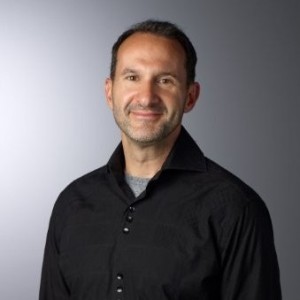- Video Library
- Thomas Looby Presents Conavi Medical at LSI USA '23
Thomas Looby Presents Conavi Medical at LSI USA '23

Thomas Looby
Thomas Looby and his teams have achieved FDA clearances, new CPT codes and high customer satisfaction.
He has participated in the sale of two companies. In addition, Thomas Looby has helped to acquire and integrate four other businesses. Each M&A transaction produced great value.
Tom is experienced in developing global markets. He has developed markets in North and South America, Asia, Europe, Africa and the Middle East.
Thomas Looby has been a guest on Varney & Company (Fox Business News), CNBC, Bloomberg TV, Fast Company and other news outlets for the purpose of educating the market on the benefits of new technologies.
Thomas Looby
Thomas Looby and his teams have achieved FDA clearances, new CPT codes and high customer satisfaction.
He has participated in the sale of two companies. In addition, Thomas Looby has helped to acquire and integrate four other businesses. Each M&A transaction produced great value.
Tom is experienced in developing global markets. He has developed markets in North and South America, Asia, Europe, Africa and the Middle East.
Thomas Looby has been a guest on Varney & Company (Fox Business News), CNBC, Bloomberg TV, Fast Company and other news outlets for the purpose of educating the market on the benefits of new technologies.

17011 Beach Blvd, Suite 500 Huntington Beach, CA 92647
714-847-3540© 2025 Life Science Intelligence, Inc., All Rights Reserved. | Privacy Policy







